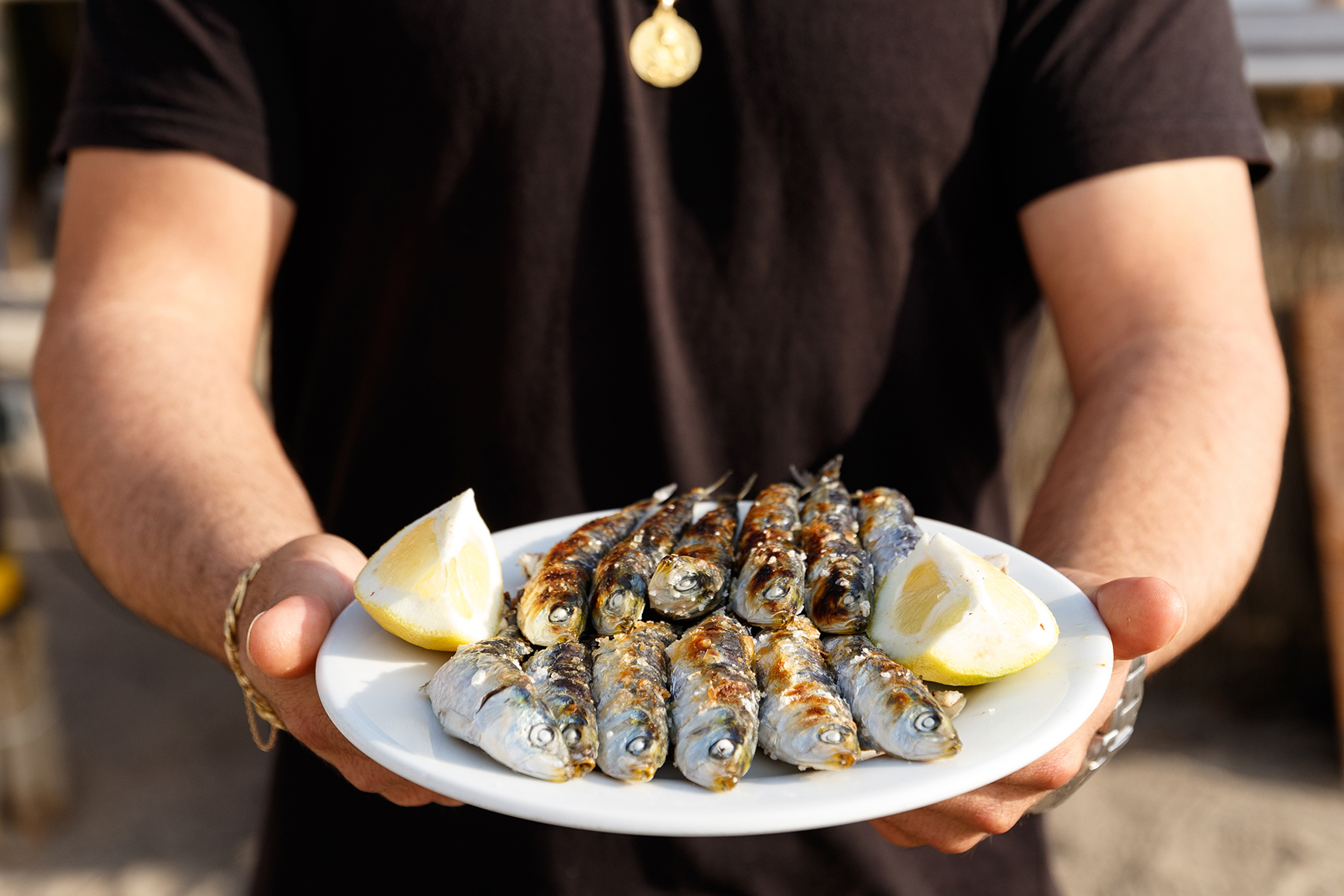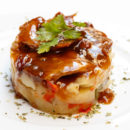"AMORAGÁS" SKEWERED SARDINES
According to experts in local gastronomy, one cannot leave Málaga without having tasted “amoragás” skewered sardines (amoragás meaning juicy on the inside and not burned). Accompanied by roasted peppers, or chopped tomato with garlic, grilled skewered sardines are pure seafaring tradition. Where they are best eaten is right next to the seashore, in the open-air beach bars. Sardines were one of the Greeks’ favourite foods, and they were the main ingredient of the famous Roman garum. Horacio Lengo depicted children grilling sardines on skewers, or espetos, in his painting “La Moraga” (1879). The origin of these sardine skewers is associated with open-air beach bars. In 1882 Miguel Martínez Soler, at El Palo, started skewering sardines on canes to grill them on the sand. And the tradition continues today.

The “amoragadores” [grillmasters] have thus passed down the tradition of grilling fish this way from one generation to another, since Martínez Soler started it at La Gran Parada, the beach bar visited by King Alfonso XII in 1885. They are the characters of the famous anecdote of when the king took hold of his knife and fork to tuck into the sardines. According to the chronicles of the time, the espetero said to the king, “Your Highness, not like that, but with your fingers!”





